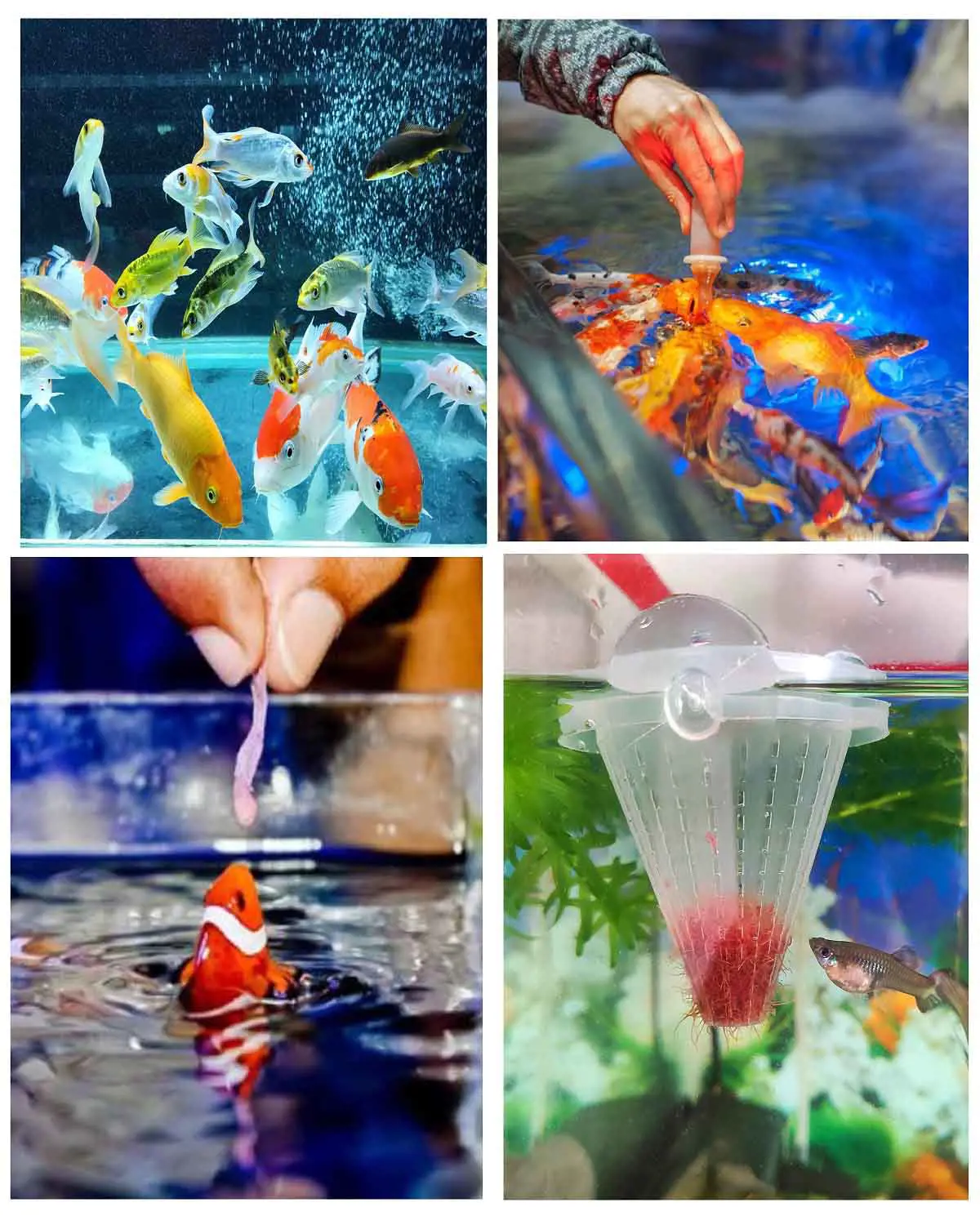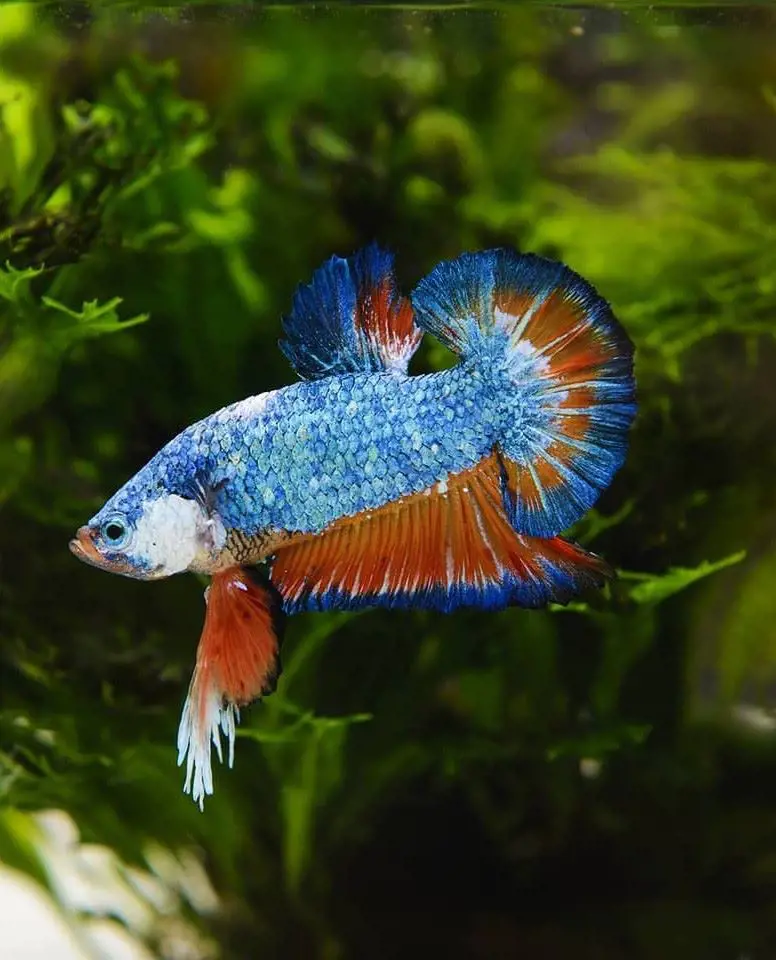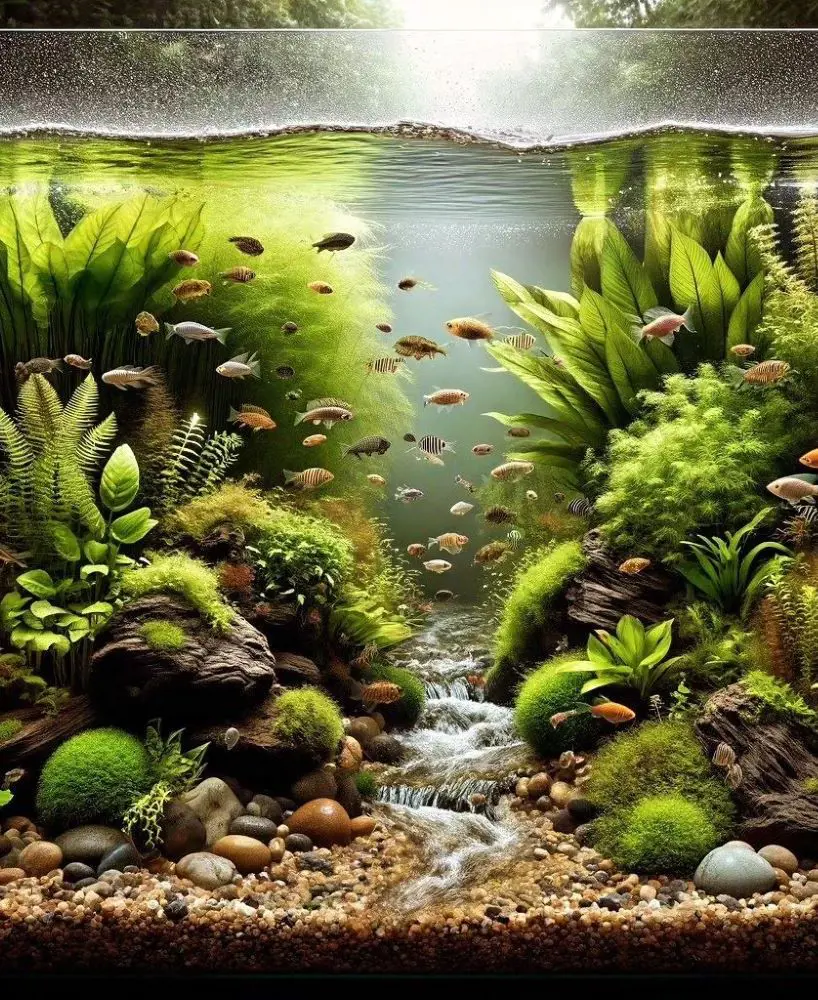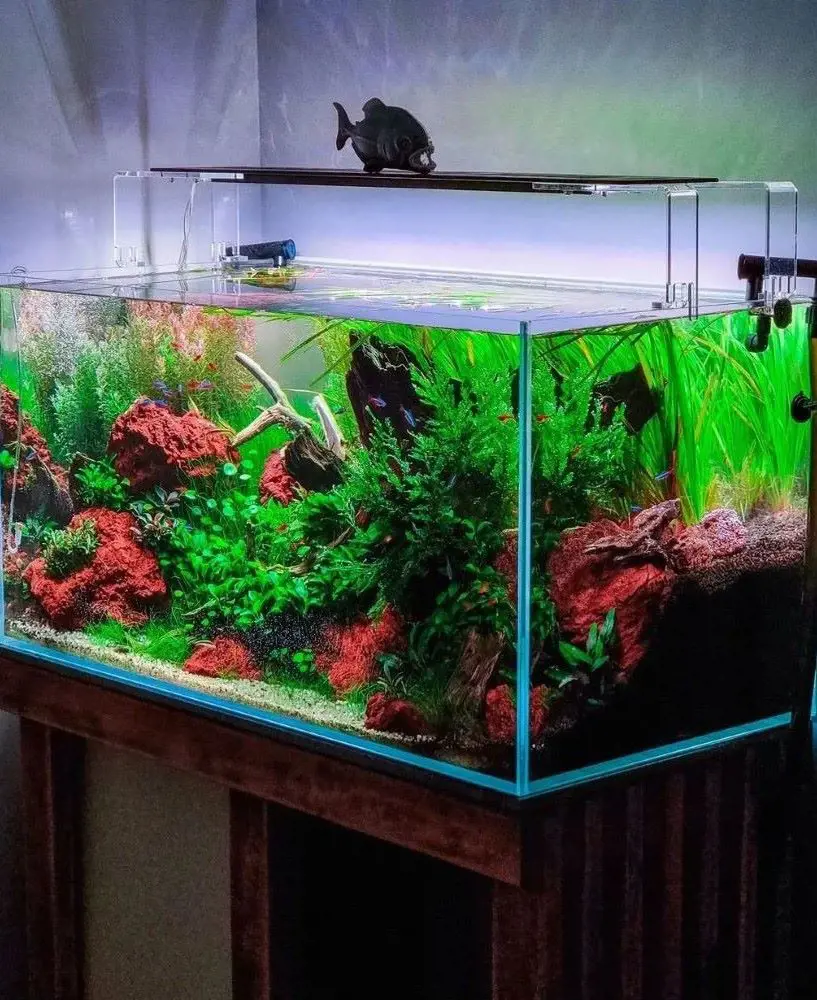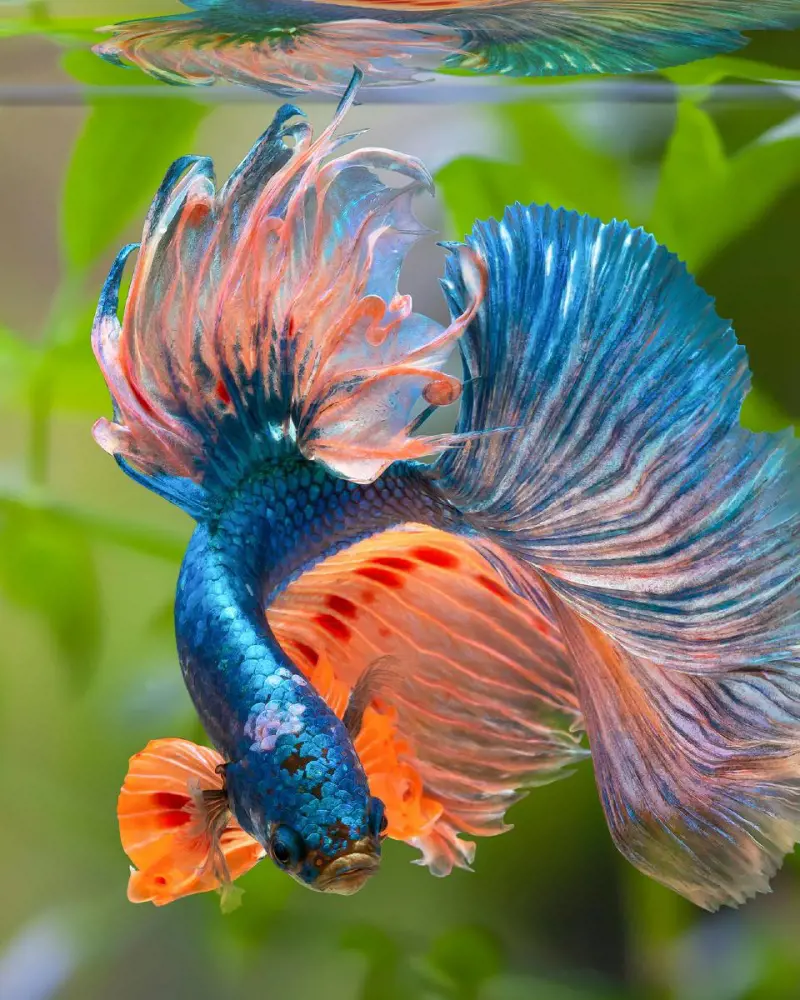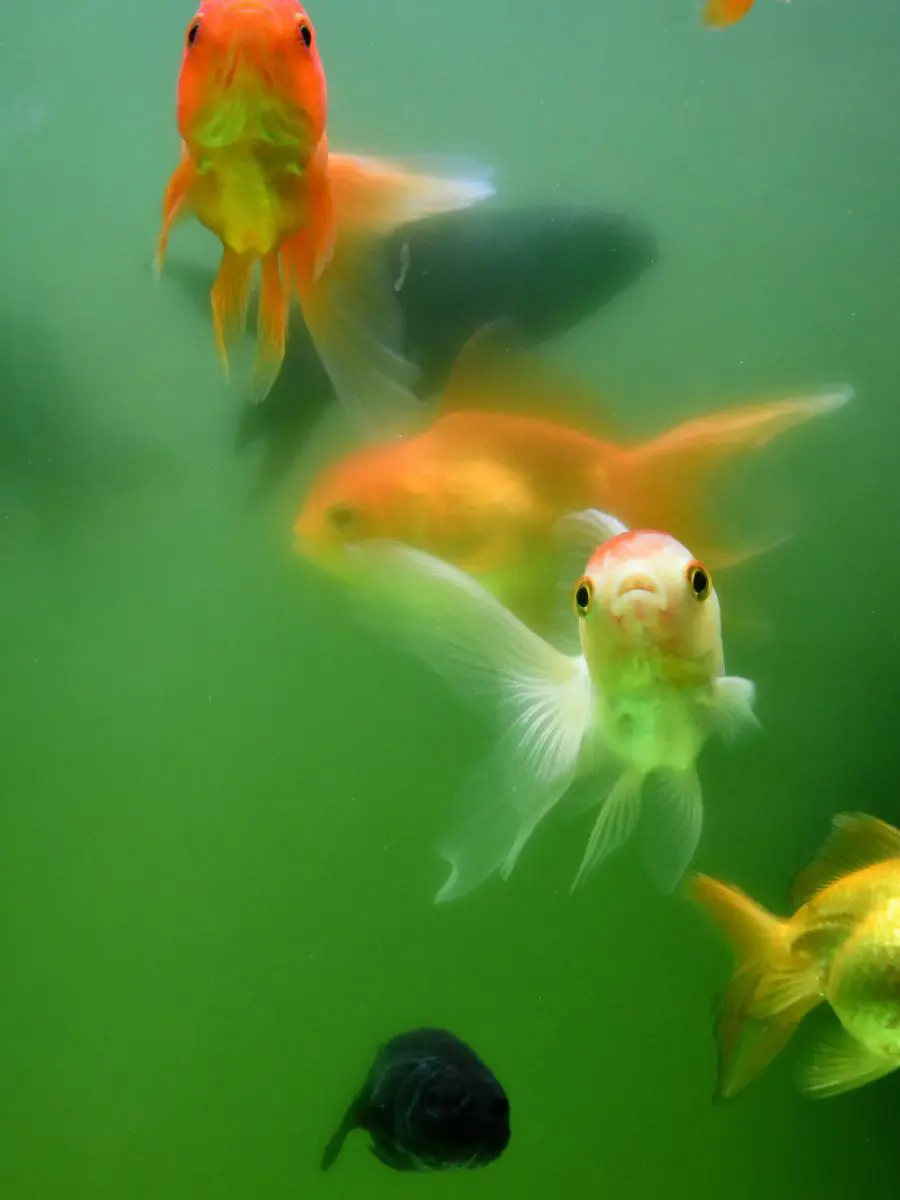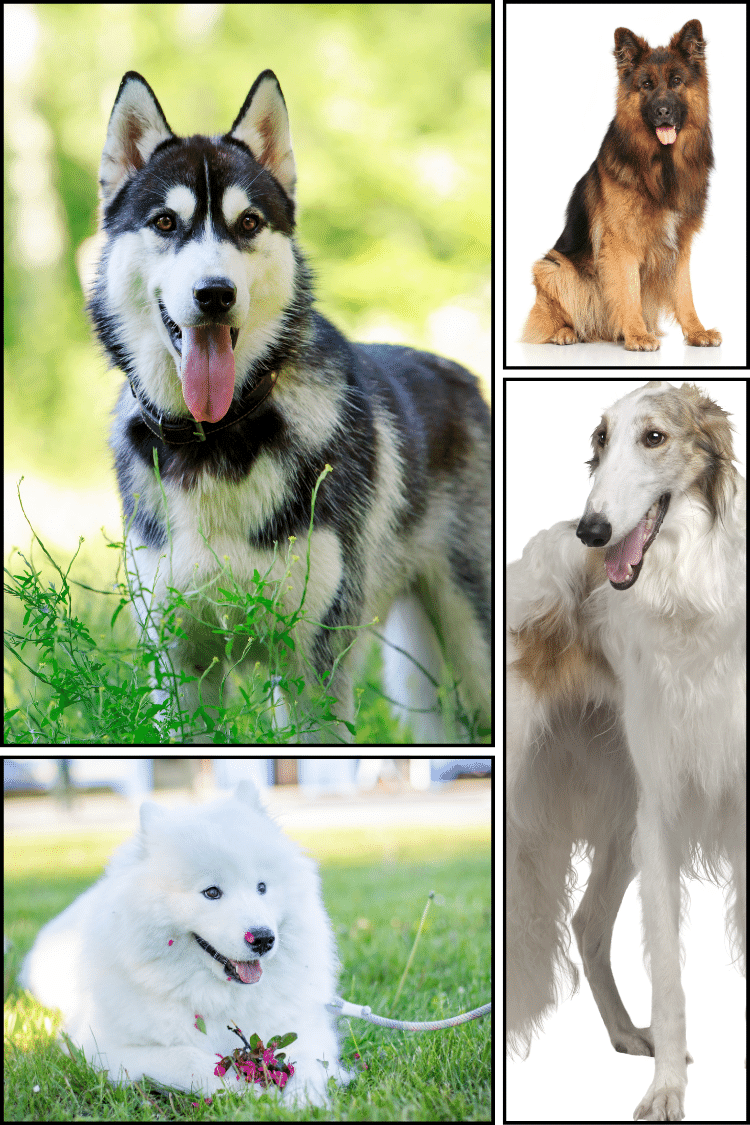Pea Puffers Care Guide And Tank Mates
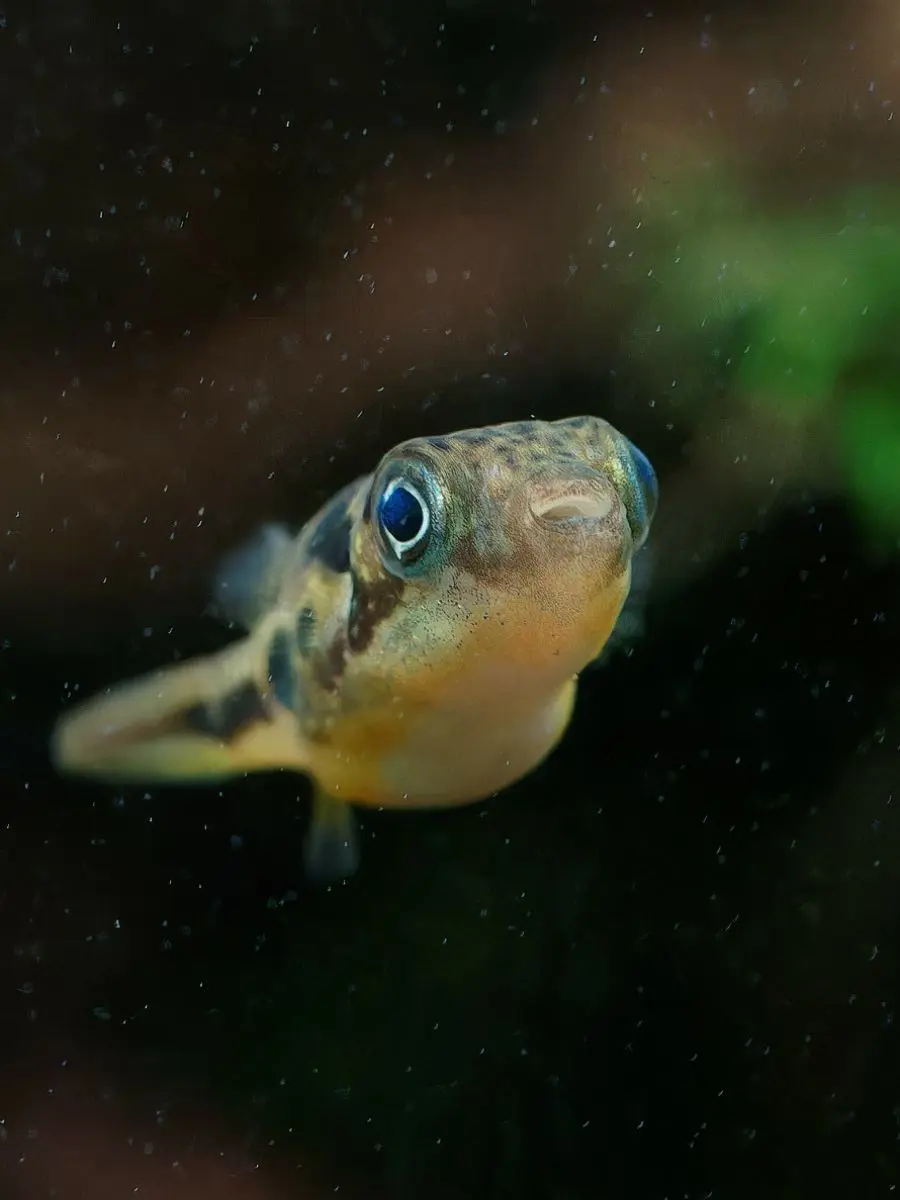
For a fun addition to your nano tank, include Carinotetraodon travancoricus, also known as pea puffers. This small pufferfish is evidence that good things do come in small packages and will prove to be engaging, fascinating, and quite intelligent.
Some of the smallest, cutest freshwater fish, pea puffers, are endemic to the rivers of India and Sri Lanka. These small puffers are only an inch or an inch and a half long and have bright green coloration. It is their endearing, very engaging personality that can add mystery to any aquarium with big eyes and an unusual appearance.
Pea Puffers are known for their ability to move like a helicopter, with eyes that look independently from each other and, of course, inflate like little water balloons.
Ensuring a Balanced Diet
A well-balanced diet is essential for the Pea Puffers to maintain their excellent health and condition. Any varied food best replicates the eating habits of small fish in the wild.
Mix high-quality live or frozen delicacies, including, but not limited to, small snails, daphnia, and bloodworms. Such food will appeal to active, curious temperaments while helping with their nutritional intake. Feeding the right portions is the way to avoid overfeeding and thus maintain water quality.
Pea puffers have certain diet requirements, so do not feed flake or pellet food exclusively since these foods can lack some of what they need. Provided you pay attention to their eating habits and make changes regularly, they will live and thrive in your aquarium.
Ideal Pea Puffers Tank Setup
Setting up a tank for Pea Puffers correctly requires careful planning, with the right dimensions, lighting, and décor. This guarantees these interesting little fish a healthy, stimulating habitat.
Tank Size and Water Parameters
At least a 10-gallon water tank must be allocated or recommended for pea puffers so that they have enough space for their movements. The sought-after water conditions are within a pH of 6.5-7.5 at a running temperature of 75-80°F, with a neutral to slightly acidic reactive pH. Still, strong currents have to be avoided as much as possible, as they can bring undue stress to such small, sensitive fish. Proper filtration should still be implemented to keep the water clean.
Lighting and Substrate
Pea puffers require moderate lighting that is rather similar to the routine of the cycle of day and night in nature. To prevent an overgrowth of algae, turn on your aquarium light for 8 to 10 hours a day by putting it on a timer. Use soft, slight acid-to-neutral substrates such as fine gravel or sand. Avoid sharp or abrasive substrates since these can potentially hurt the fish.
Plants and Decorations
Add some plants and live plants to a Pea Puffer's aquarium for a natural setting and stimulation. Mix hardy low-light plants like Java Fern, Anubias, or Java Moss to provide them with hiding places or little spaces to swim through. Besides the plants themselves, driftwood and small caves or rocky outcroppings will further enhance their environment.
That would include a nicely decorated tank with an abundance of plant cover for the fish to simulate their natural environment and reduce stress.
Behavior Of Pea Puffer
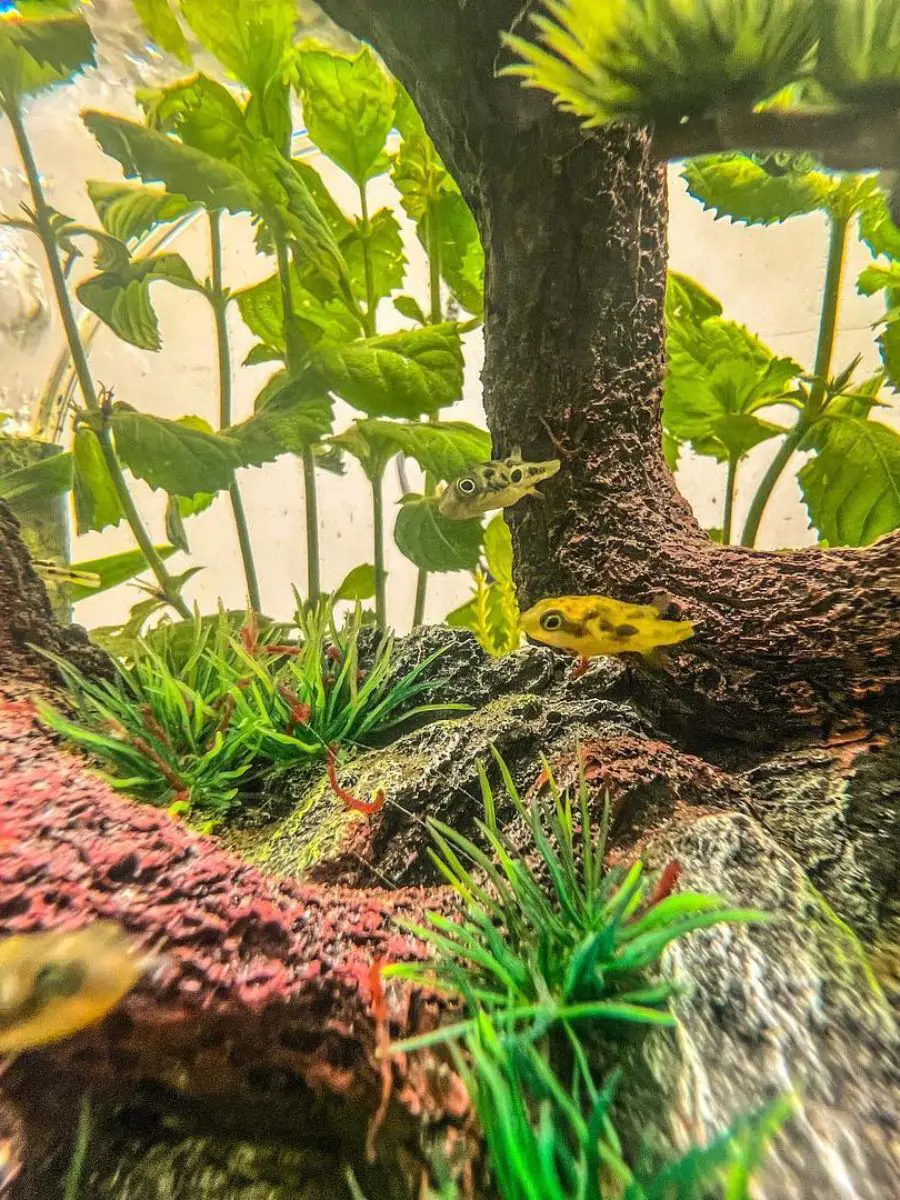
The Pea Puffers are very interactive and interesting fish. These little puffers swim out voluntarily and take a good look around the surroundings.
Of course, by nature, small fish in tanks with single species that contain very aggressive cohabitants might not be a good idea. The puffers can be very aggressive, and they are pretty territorial. The pea puffers themselves are intelligent fishes that recognize owners, and for this reason, they get excited during feeding.
They also show playful nipping and chasing of small invertebrates. Their swimming patterns and actions on items in the tank reveal a very interesting personality to any aquarium. The fact that these behaviors are very often observed accentuates the pleasing characteristics of their nature and helps to keep them in good health.
Breeding Pea Puffer
Setting conditions correctly makes breeding Pea Puffer truly worthwhile. The growth of these little fish would be in soft, slightly acidic water in a separate breeding tank. If you vary their diet a bit and maintain good water quality, these sweet little fishes can spawn.
Setting Up the Breeding Tank
If you are going to breed Pea Pufferfish, begin with a dedicated breeding tank that has a volume of no less than 10 gallons. Its water has a constant pH of 6.5-7.5, while the temperature should be within 75-80°F or 24-27°C. Add some driftwood, small caves, and loads of living plants for places to hide. A sponge filter would be best for water quality and for not developing strong currents.
Selecting the Breeding Pairs
Choose mature, healthy pea puffers about 6-12 months of age for breeding. To reduce aggression, keep one male with many females. The males are much more colorful, and they court by chasing and displaying. Make sure the pairs are healthy and fed a varied diet of frozen or live foods while being conditioned for spawning.
Spawning Process
During the spawn, the female lays eggs on plants, or the surface of the tank, and the male fertilizes them. The courting is accompanied by some displays where the male tries to induce spawning. As such, the eggs should be removed immediately after they have been laid since the adults can end up eating them. Under different conditions and temperatures of the water, the eggs hatch in one to two weeks.
Caring for the Fry
After that, the hatched fry will require additional care. Feed the fry small live foods such as infusoria or micro worms so they grow healthily. Partial changes in small volumes should be done regularly to ensure the quality of the water in the container is good and clean. Monitor the development of the fries and gradually feed them the right-sized foods as they grow older.
Common Health Issues
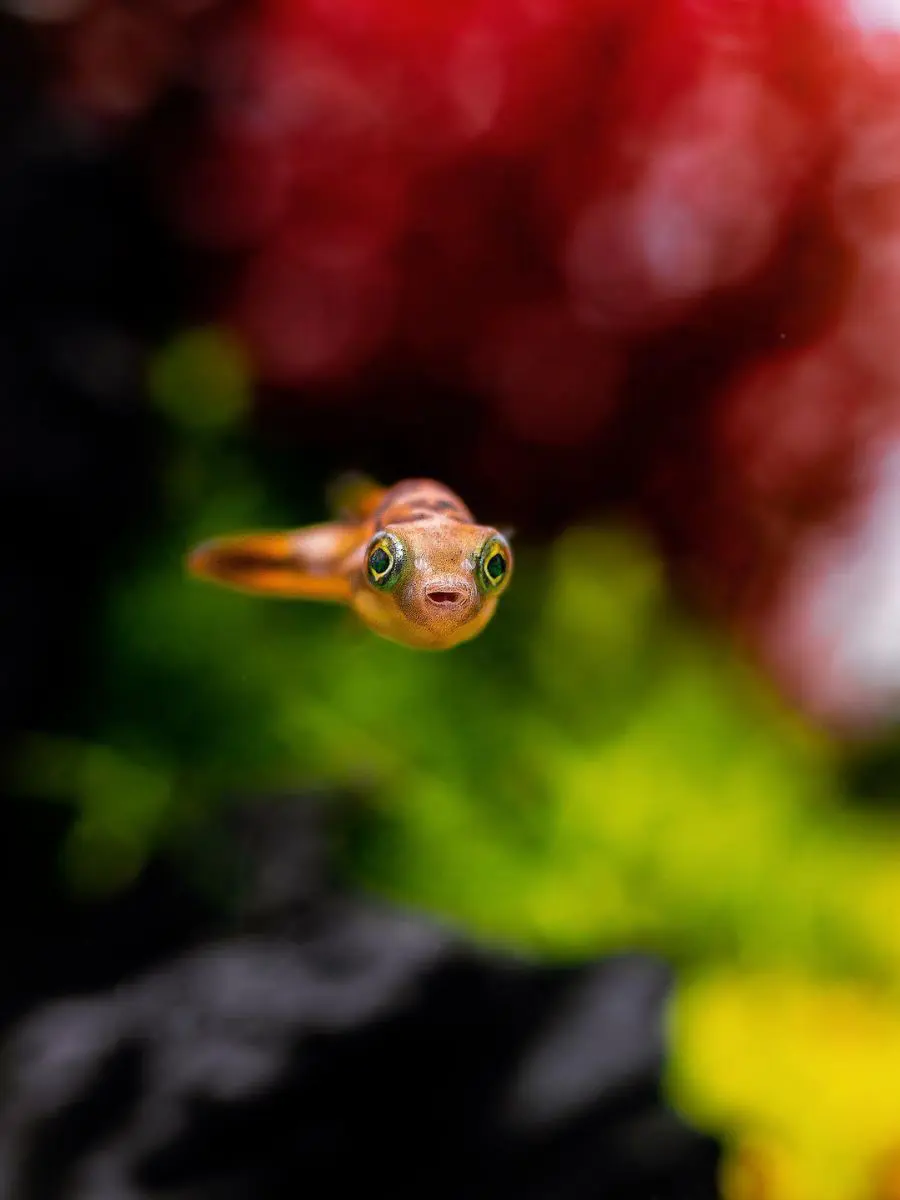
With most aquarium fish, pea puffers will have to face a number of health-related problems. One must understand what these are and their prevention in order to keep the environment of your Pea Puffers healthy. The following list includes some of the common health issues and how one can remedy them:
Ich
Ich is also known as White Spot Disease, and it is one of the most common diseases caused by parasites. Small white patches cover all over the body and fins of the fish. This normally occurs as one of the stress-induced or poor water quality-driven diseases. Ich treatment includes a commercial Ich medication per package directions and a slow increase in temperature to about 82°F.
Fin Rot
Fin rot may result from fungal or bacterial infections; the former is normally due to poor water quality. Generally, it is characterized by discoloration of the fins or tears. To prevent fin rot, regular water changes and proper filtration are required. If the fish has the disease, treat it with antibiotics or antifungals and improve the water quality to prevent further occurrence.
Internal Parasites
Even internal parasites cause weight loss due to bloat and loss of appetite in pea puffers. Since parasites cause this upshot, always regard quarantining new fish and plants that you introduce into your tank. Consider treating your fish in case it is infested with a good diet that will boost their immunity coupled with anti-parasite medicine.
Obesity
This Pea Puppy loves to eat, so overfeeding will definitely make them obese and lead to complications. To avoid obesity, provide a balanced diet that includes live or frozen food in sensible portions. Observe the pattern of eating and adjust accordingly.
Pea Puffer Tankmates
While creating a good-looking aquarium with Pea Puffer, choosing suitable tankmates requires careful consideration due to their territorial and sometimes aggressive nature.
Small Peaceful Fish
A Pea Puffer will not trouble small schooling fish like Ember Tetras, Harlequin Rasboras, and Neon Tetras since they are small and very peaceful. Because of this, such schooling fish will feel comfortable in a group, start to show some natural behavior, and stress will be strongly reduced. They are not very territorial since they swim at different levels within a tank, and they also demonstrate Pea Puffers' lively, inquisitive nature when kept in a properly planted aquarium.
Bottom Dwellers
Companions for Pea Puffers might include bottom dwellers such as Otocinclus Catfish and Pygmy Corydoras. These peaceful fish will swim in the lower reaches of the tank, grazing on algae and cleaning up left-over food matter to help keep their environment clean. They are very peaceful in nature and disposition and so unproblematic hence, a harmonious atmosphere with very little disturbance to the Pea Puffers can be ensured that prefer the middle parts of the tank.
Invertebrates
While pea puffers can be combined with other invertebrates, like cherry shrimp or amano shrimp, in the aquarium, they are very gentle creatures and nice to view on their own. They also make for good algae control. Giving them plenty of hiding places and cover from plants could provide them with peace of mind that both species can live together in a tank without the Pea Puffers nipping them fairly hard.
Species to Be Avoided
Keeping pea puffers with larger, more aggressive fish betta fish or cichlids is not recommended; they might hurt or 'bully' the puffers. Fin-nippers, like Tiger Barbs, and those that would swim around too fast for them will stress out pea puffers due to competition for food and behavioral changes. Ensuring that your tankmates all get along is part of the serene atmosphere that helps prevent Pea Puffers from getting stressed.
Ensuring Long-Term Health
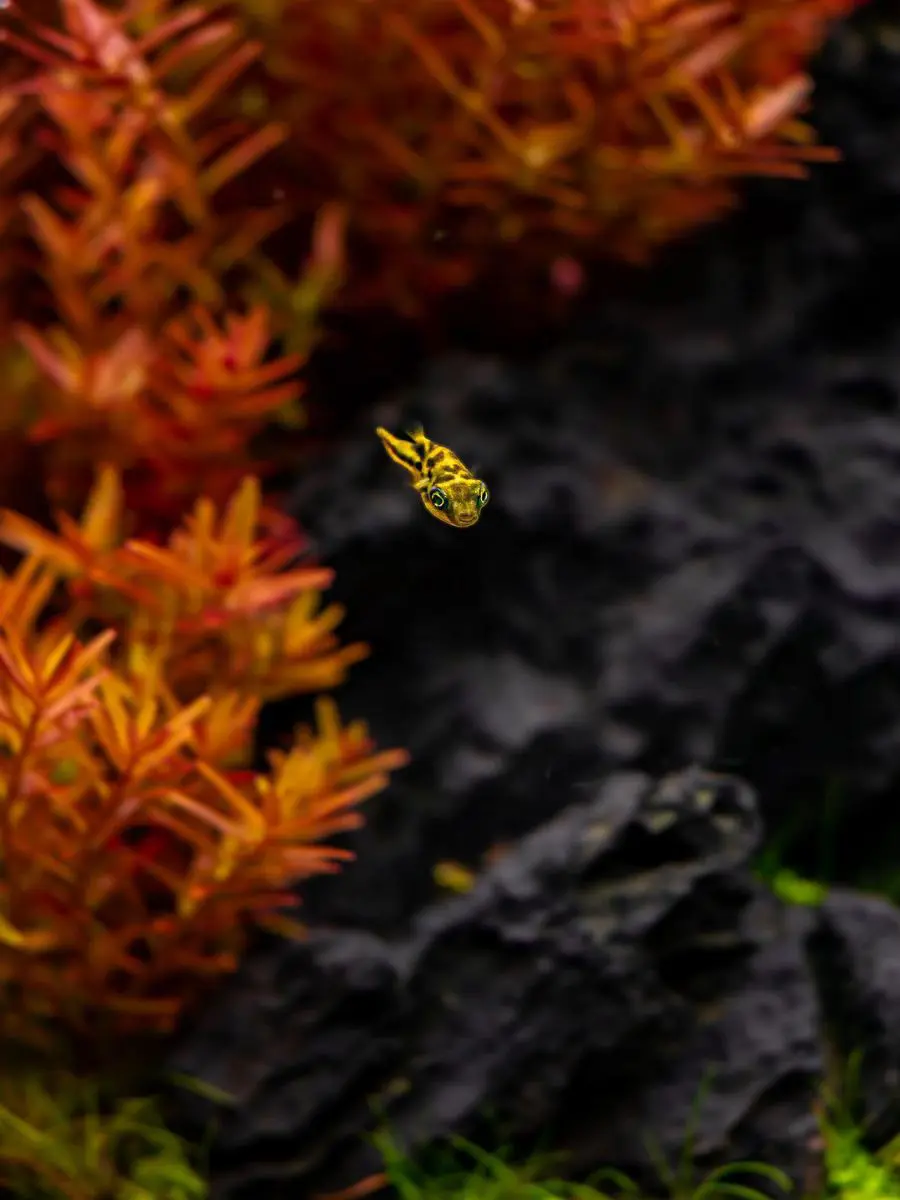
Perfect tank conditions and a balanced diet will keep pea puffers healthy over an extended period. First, the tank must be in pristine condition, with regular water changes to maintain low ammonia and nitrate content, temperature checks, hardness, and gentle water movement provided by a good filter.
Feed your Pea Puffers with live or frozen food, such as bloodworms, daphnia, and small snails, and this will be all the nutritional intake. Avoid overfeeding, for it will make your fish obese and lead to bad water quality problems. Note how much they can eat and thus adjust the portions accordingly.
Monitor any signs of stress or illness and changes in behavior or appearance and act quickly to address them. The many plants and places that the Pea Puffers could hide kept them free of stress. Their lives increased because they followed their natural behaviors.
Seasonal Changes and Their Influence
Pea Puffers' health and behavior can be adversely influenced by seasonal changes within an aquarium. Water chemistry changes, sunshine variations, and temperature swings could affect their health. The temperature should always remain the same using a reliable heater since any fluctuations in temperature will stress and sicken them during winter seasons.
Temperature changes
Such changes may seriously affect the health of pea puffers. They prefer a very stable temperature, approximately 75-80°F. Any fast fluctuations can eventually lead to stress, weaken the immune system, and even cause diseases. Ensure you have a good-quality heater and regularly check the water temperature to prevent these kinds of problems. Use the heater to ensure a constant temperature throughout the cold months and prevent overheating during the hot months by not exposing your tank to direct sunlight.
Lighting and Photoperiod
Lighting and photoperiod are very important in the maintenance of health levels and activities among pea pufferfish. Daily 8–10 hours of light act out nature and allow the organisms to find continuous times to feed and be active. Have the lighting on a timer to avoid flashes that result from sudden changes, which stress the microorganisms. Besides the growth of plants, proper lighting will also create balance in an ecosystem.
Water Quality Adjustments
Water changes of 20-30% per week will permit the removal of wastes, such as nitrates and ammonia, that have built up within the system. A water conditioner should be added to remove chloramines and chlorine from the tap water. Water characteristics should be regularly checked to make sure that the hardness and pH remain within the correct range, with the pH never dropping below 6.5 or rising above 7.5. These levels should be changed gradually to avoid stressing the fish if need be. This is also supported by appropriate filtration and a constant temperature of the water.
Behavioral Observations
The behavior of pea puffers will also change with the seasons, observable in terms of reaction to changes in temperature and daylight hours. They are seen to be less energetic in cold weather but will become more enthusiastic in hot weather. Due to the conditions produced by spring and summer's longer days, similar to their original habitat, they will then become more active feeders and even breeders.
Top Lists

